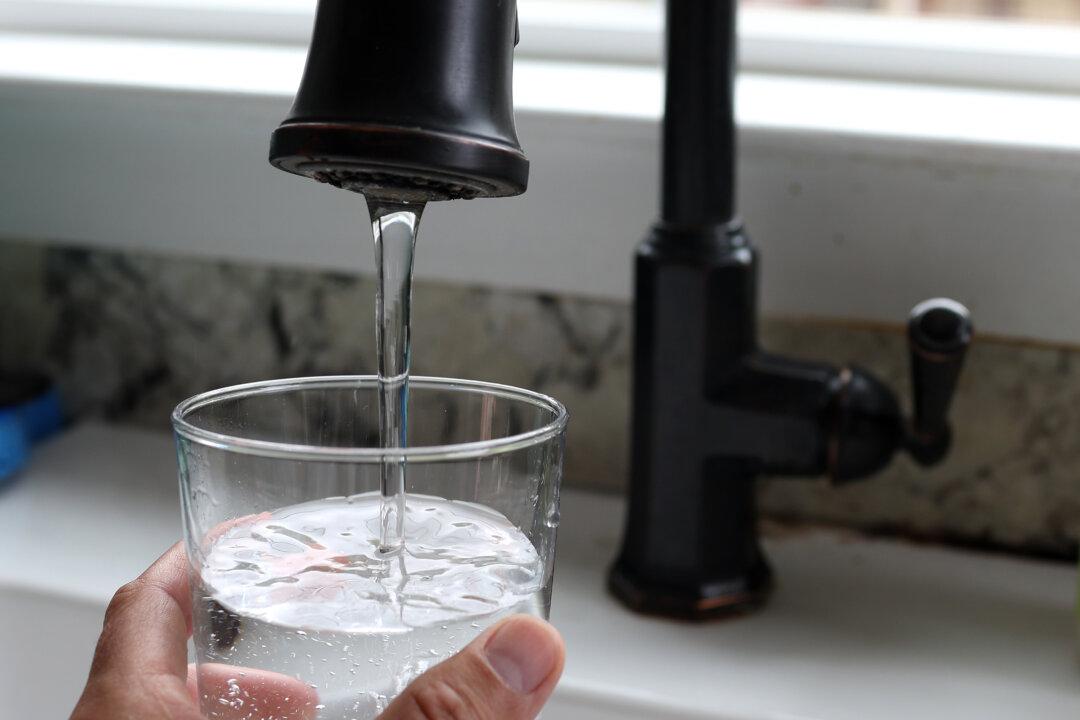The U.S. Environmental Protection Agency (EPA) announced on May 14 that it will keep current drinking water regulations on two “forever chemicals” but will roll back rules on several others.
A rule finalized last year by the EPA under the Biden administration set limits for five individual PFAS (per- and polyfluoroalkyl substances): PFOA, PFOS, PFNA, PFHxS, and HFPO-DA. It gave all public water systems three years to complete monitoring for these chemicals and requires them to inform the public of the level of PFAS in their drinking water.





